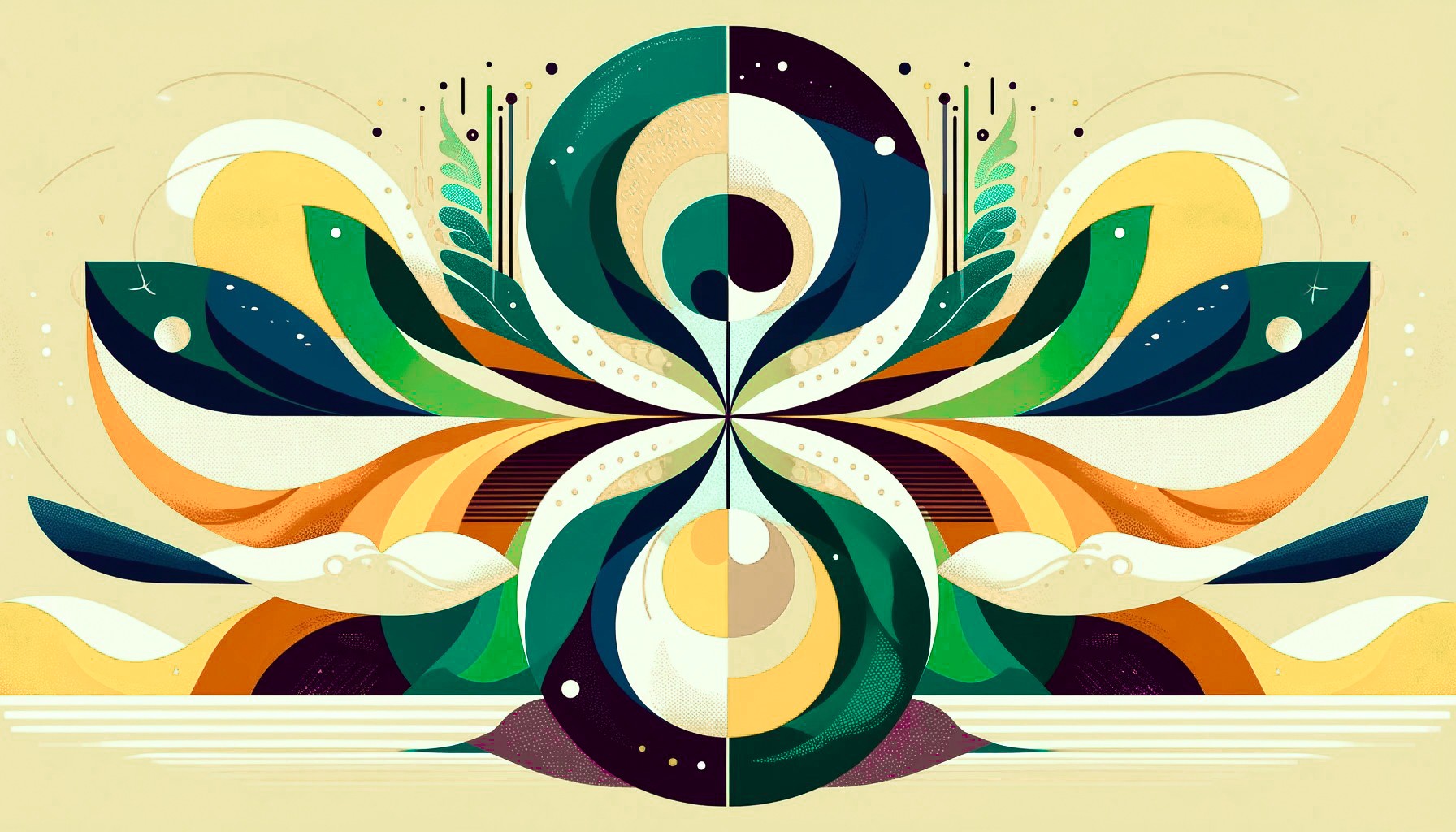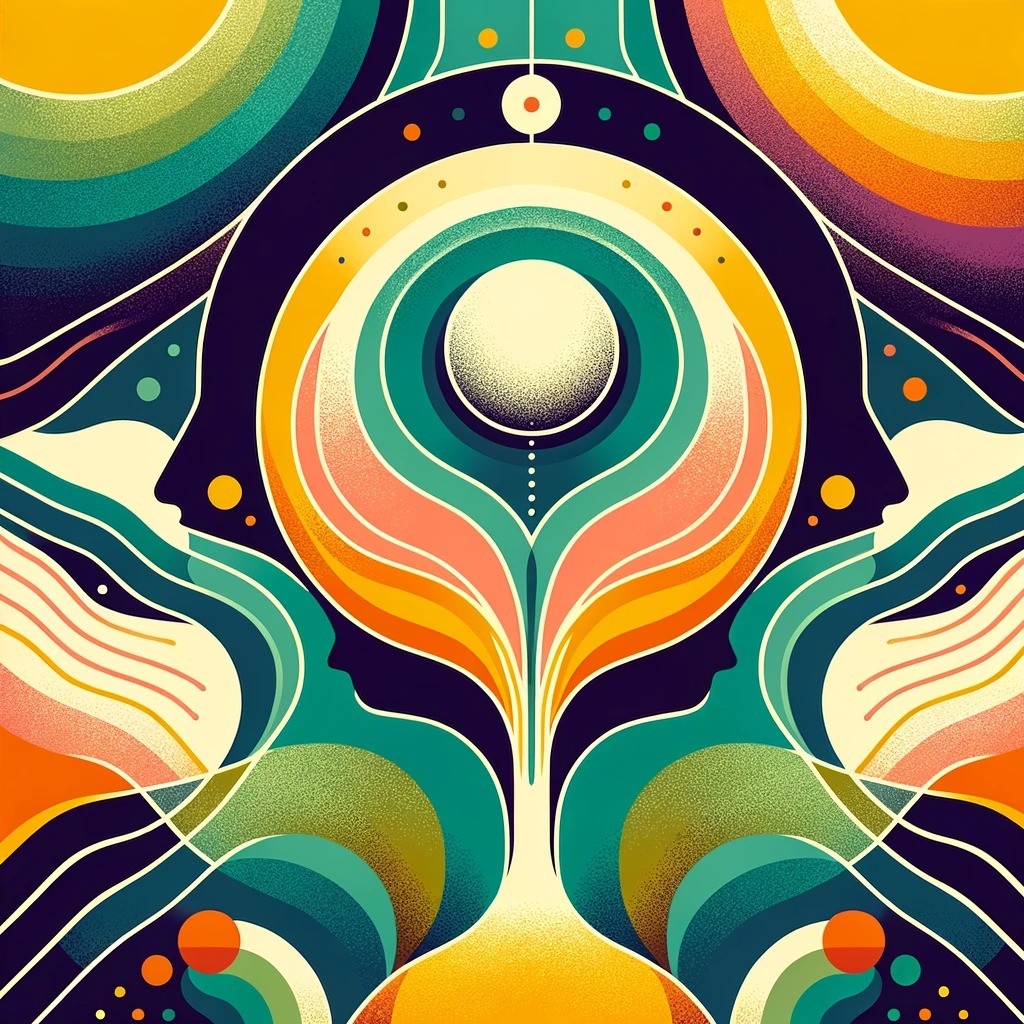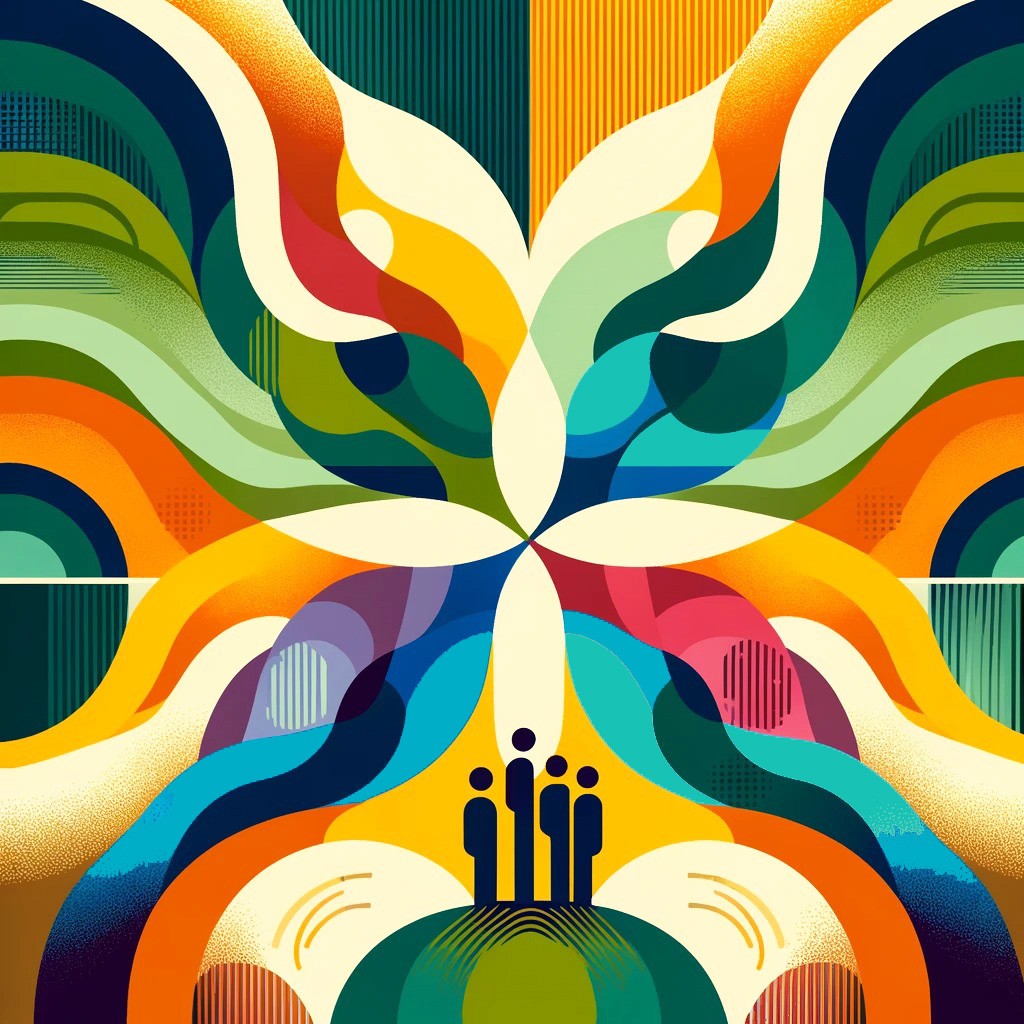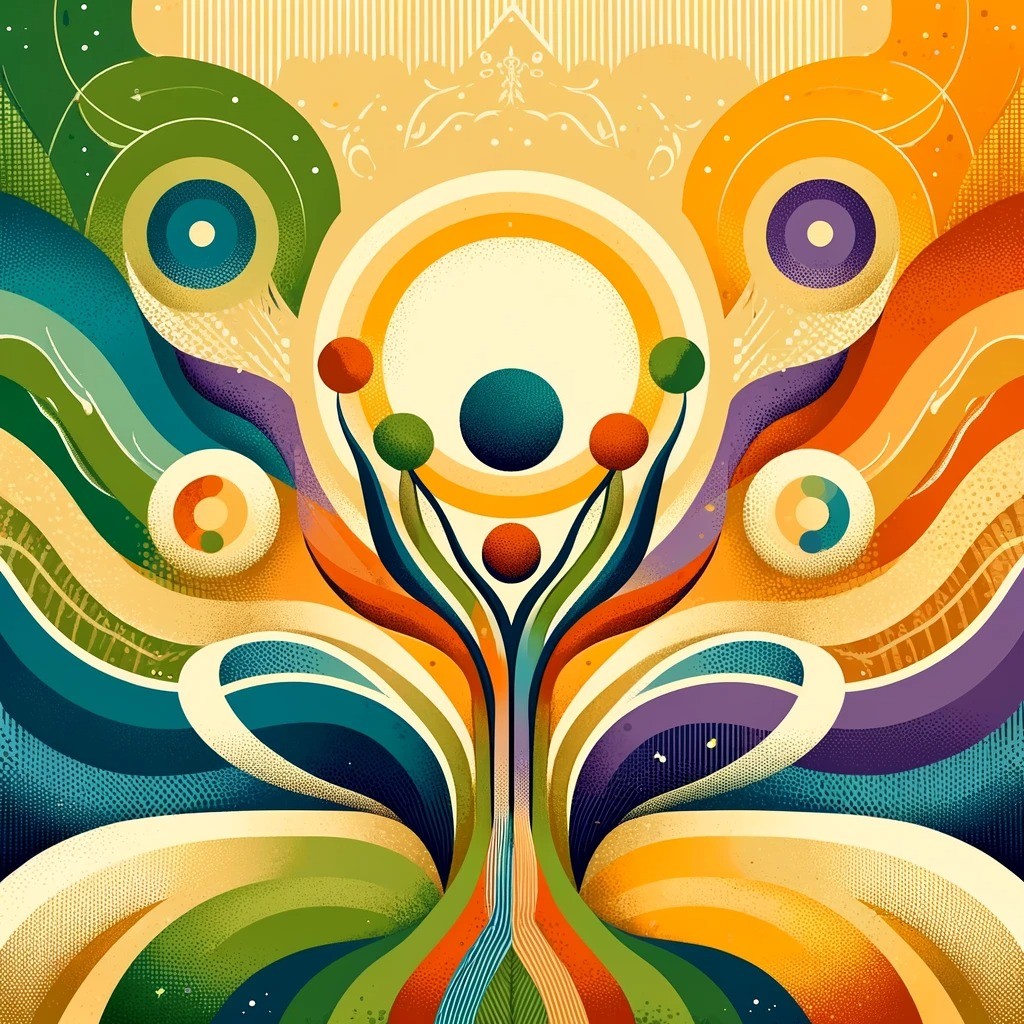Alright – so today we’ve got the honor of introducing you to Alistair Hawkes. We think you’ll enjoy our conversation, we’ve shared it below.
Alistair, thanks for joining us, excited to have you contributing your stories and insights. We’d love to hear the story behind how you got your first job in field that you currently practice in.
I got my first job following the final project in the BA program at the California Institute of Integral Studies, a buddhist learning institution. My final project was writing a mission statement for myself by following the prompts in a book called The Path by Laurie Beth Jones which is a guide to writing a mission statement for work and for life. I recommend this book to everyone. Following the exercises in the book, of which included consideration of our parent’s unlived lives, (which often affect us subconsciously to give you a glimpse into the type of exercises in the book,) I wrote the following Mission Statement for myself: “My mission is to support and encourage young women, teaching them to love themselves and be enthusiastic about life.” I have been working toward the fulfillment of this mission since 1998 and it has actually expanded to include all people of all ages and genders.
After completion of that project I started looking for a job in the Oakland Montclair area of California and was hired by Daraja House, a residential treatment center for adolescent girls. Twenty-two girls between the ages of 12-22 lived in this treatment center, which was really an orphanage. Twelve of these girls had their own children.
Wow. Was this ever a wake-up call. The residents were disadvantaged girls of mixed and diverse heritage. They called me “Miss Al.” They were the toughest of the tough. I was so inexperienced that I didn’t know to read their case files so I learned about their life experience, and their trauma, through daily interactions.
On the first day of my job there I was one of two staff in the building when one of the girls backed me into a corner of the kitchen with a knife. I yelled “staff!!” And the girl backed off, but that was only the beginning of my standoff with those girls. That day I made a promise to the Universe, “I’ll stay for 3 months.” And those three months taught me a lot that counseling education could not.
During my time at Daraja House I scheduled visiting teachers, alternative education people who were deeply interested in helping the disadvantaged evolve. We had groups that included music, art and movement. Getting the girls interested and engaged was like pulling teeth. They would laugh at me and make fun of my efforts saying things like “we don’t do that. We don’t do those things.” I would take the girls on walks one at a time and they would tell me about their lives, their experiences with the trauma of poverty and abuses in their lives, and the reasons they had their own kids so early (giving birth between the ages of 13-15), which helped me understand their resistance. Day-to-day, these girls lied to, manipulated, and were aggressive with me, and I understood because I have empathy and perspective. I got paid $7.15/hour for that job. It was intense.
During my last week at that job we had a “community meeting” following a lot of building tension in the milieu. In this meeting I called the girls to the carpet, as they say. I called them on the lying, manipulation, the verbal violence/teasing, the rebellion, the laziness, the disengagement, the bullshit. Their wide eyes told me no one had ever held them accountable in this way. And, they kind of got their acts together, for a minute.
On my last day at Daraja House I told the girls it was my last day. They all cried. They begged me to stay, saying “Please, Miss Al, don’t go!” I encouraged them to treat their next milieu counselor better and to take the good experiences that life brings them to heart. I felt bad about leaving but I knew I didn’t have the training and expertise that it required to help these kids further, and I knew I couldn’t take any more of their behavior.
I took a year off from counseling after that. Burnout is real.


Great, appreciate you sharing that with us. Before we ask you to share more of your insights, can you take a moment to introduce yourself and how you got to where you are today to our readers.
Though I have natural aptitude, I took the circuitous route into the industry I’m in via non-profit administration, of all things. Since I was young, strangers have told me things, personal things about themselves without my prompting. I remember sitting on a bench when I was about 10 years old and a stranger sat down next to me and told me something very personal and I remember thinking, “why are they telling me this thing?” In middle school the school counselor paired me with kids who needed help with homework, in high school I was a peer counselor and following high school I thought I might become a teacher but went into business. I didn’t feel ready for college since I had “no idea” what to study. Looking back, I realize I was dense at that time.
After learning many things in corporate America through various administration positions, I was invited to work at a start-up non-profit in 1989 called The International Society for the Study of Subtle Energies and Energy Medicine. This organization’s mission was to establish scientific validity on the role consciousness plays in healing, and to build a bridge between the “alternative” healing practices from indigenous cultures, and western medicine. I was influenced heavily by the membership of the organization, doctors, healers, and clinicians who have interest in these topics, and I was also greatly impacted by the organization’s scientific, peer-reviewed journal and newsmagazine which I helped to edit as part of my responsibilities. What a treat! The organization held a yearly conference, which was fun to plan, and at their 3rd annual conference I met Liana Mattulich, MD, the developer of the system I use to help others in my clinical practice and classes now. The system is called HIKE4evolution.
Liana has encouraged me to use the HIKE4evolution concepts since I met her in 1992, and I can honestly say that I had “softly” done so until 2015 when I asked her to speak at a professional conference I was co-chairing with my brother called Consciousness Presence Action. She agreed to speak if I would “take my practices seriously” and that’s when my actual daily practice began.
In my clinical practice and the classes that I teach, I invite and encourage students and clients to develop a daily practice utilizing the simple exercises of grounding/centering/cleaning/
Some of the problems that I help my clients and students solve are emotional inflexibility such as experiencing rage, anxiety or depression, and over-analyzation and lack of focus and concentration, as well as overall exhaustion, fatigue and burnout. I have observed that once people are able to manage and master their emotions and their cognitions/thinking patterns, the practices I teach them become tools for optimal function and exceptional performance. The system I teach was developed for people who are already somewhat self-actualized to become all they can be, though I have been using it within the illness model as a therapist, which shows me that it is good for everyone who is ready to accelerate their growth and development. One of the characteristics of the system is the minimum and minimal time commitment toward the self-development and personal transformation process, only 7 minutes of daily practice creates the results that typically take years of discipline in other systems. This is accomplished through multidisciplinary (Sufi, Hindu, Buddhist, Taoist, Toltec, etc.) engagement at various levels of being within each person – physical, mental, emotional, and energetic.
I’m very proud of the business/professional practice I’ve built and developing my expertise has helped me grow personally. I have a robust understanding of what used to be considered “alternative” education and have a broad understanding of progressive topics like energy medicine, energy psychology, biofeedback/neurofeedback, and neuroscience’s role in personal development and transformation. It’s really fun to see people grasp ideas that are not quite mainstream and have “aha!” moments that are transformational. If you are truly interested in self-development at a quantum level, check out my classes and services. If you are struggling with burnout and want to get firmly on the path of healing within 6-9 weeks practicing only 7 minutes a day, take our burnout checkup: and consider attending the Reclaim, Burnout Recovery Program. If you want to start with a very basic understanding of the system you can try our Vitality Kit which includes the five basic practices that will get your self-transformation started.



Learning and unlearning are both critical parts of growth – can you share a story of a time when you had to unlearn a lesson?
A lesson I had to unlearn is dissociating from my body when I am under stress.
In my early adolescence I experienced trauma. This trauma combined with family chaos in late childhood created a perfect storm for the development of my capacity for dissociation. Dissociation is when we lose consciousness of one or all of the following: cognition (thinking), emotion (feeling), or physical awareness (the body). In my case I learned how to perpetuate the “freeze” aspect of “fight/flight/freeze” by holding tension in my body, or by holding my breath in response to emotional stress. I became a therapist to heal myself and had to learn to re-inhabit my body.
I learned about my habit for dissociating from bodily sensations when I began biofeedback training in my 20s which I thought I started to become more creative. What I discovered in the process is that I spent a lot of unconscious time in states of dissociation. This has been a tricky habit to unlearn but biofeedback and later, neurofeedback, as well as yoga, meditation, and conscious movement have been helpful tools for me to stay present with myself even in stressful times.
We’d love to hear a story of resilience from your journey.
A story from my journey that illustrates my resilience is realizing I was burned out while working in the Community Mental Health system. The caseloads requirements are known to be at burnout level and though supervisors and bosses in the system tout the value of stress management and self-care they do not provide concrete ways to manage the stress or the workload. Carrying a caseload of 25-30 clinical and teaching hours leaves very little time and energy left for the mountains of paperwork required by the insurance systems to collect payment from clients and consumers in the community. This leaves therapists in community mental health settings on the hamster wheel of providing services and being buried in paperwork demands. Then we go home and experience decision-fatigue about domestic responsibilities. The hamster wheel is tricky to stop.
When I realized I was burned out I turned-up my daily practice of mindfulness, conscious movement, and breathwork. Within a few weeks I felt better but realized the system itself is broken and would continue to weigh heavily on my wellbeing, so I began to search for other solutions. Eventually I decided to leave the community mental health system altogether and go full-time into my private practice. I still use my daily practice to manage regular stress and to continue transforming myself. I go outdoors a lot. This is very healing and contributes to flexibility and resilience. I encourage everyone to be sure and go outside, it helps to heal what ails us. My mind is much more quiet and the stress I experience on a daily basis is a lot more manageable.
Contact Info:
- Website: https://www.
alistairmhawkes.com/ - Instagram: https://www.
instagram.com/alistair.m. hawkes/ - Facebook: https://www.
facebook.com/alistair.m. hawkes/ - Linkedin: https://www.
linkedin.com/in/alistair-m-h- 83b37820/ - Twitter: https://x.com/A_M_
HawkesLPC - Youtube: https://www.youtube.
com/channel/UCB6TeuJE_ ICyxGPhYjS6HDQ
Image Credits
Headshot – Magdalena Photos Brand Images – Tracy Raftl


